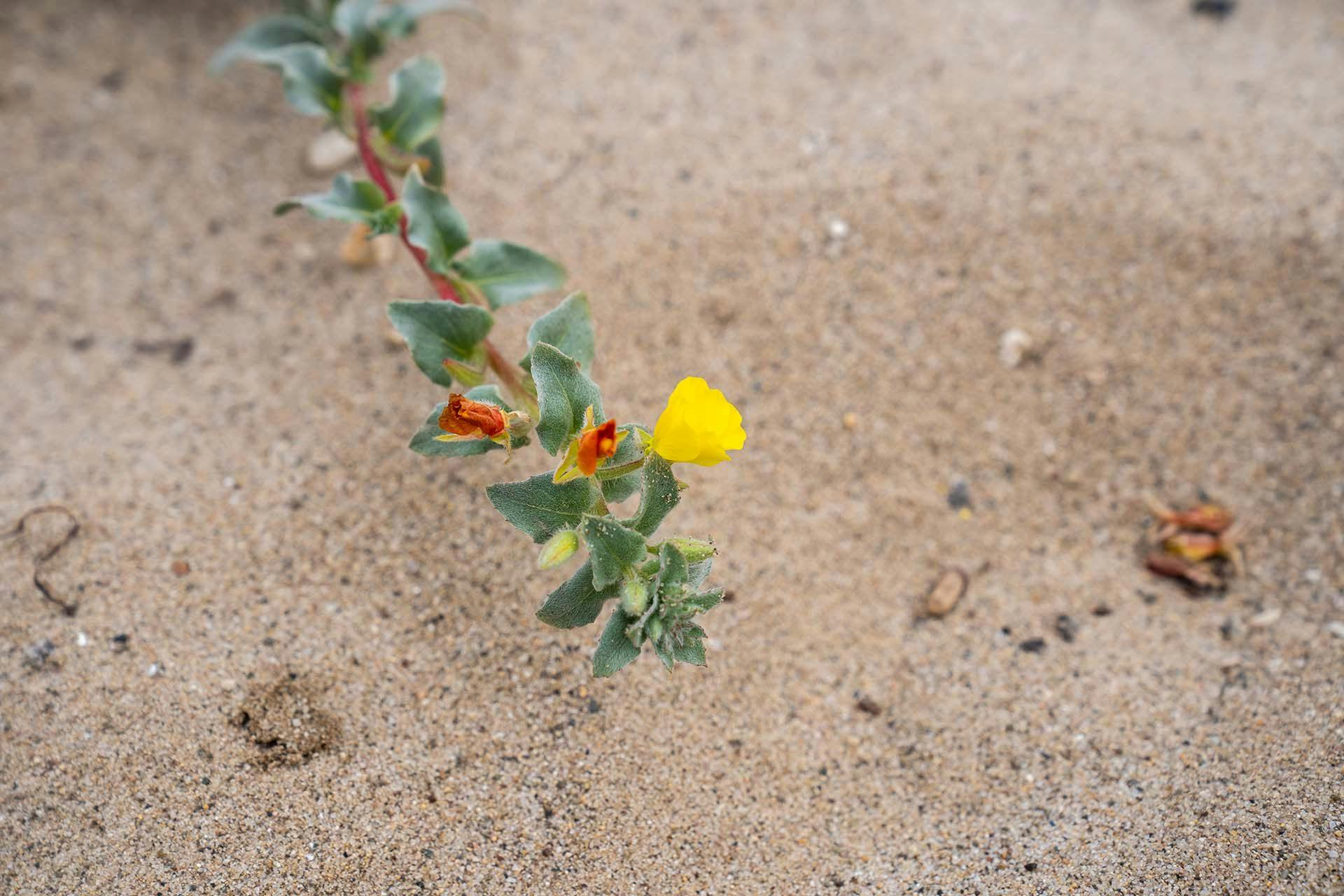Santa Monica Beach Restoration Overview
The Bay Foundation (TBF) restored approximately three acres of plants adapted to live on the beach very close to the shoreline for the Santa Monica Beach Restoration Pilot. Living on the ocean’s edge, this community of plants attracted insects and birds and adapted to the harsh conditions of beach life, including salt spray, wind, and intense sunlight.
As the plants of the coastal strand habitat grow, they capture windblown sand beneath their branches and leaves. Over time, they build sand dunes that prevent waves and extreme tides from flooding the beach and nearby infrastructure. By reestablishing this habitat, TBF and its partners are able to affordably create beaches that are naturally resistant to sea level rise, while creating refuge for endangered species and adding natural beauty to our beaches.
Scientific monitoring of this pilot project is being used to inform other projects in development by TBF across the Los Angeles County coast. Sea level rise and more frequently large-wave events are a result of global climate change impacting our coast. These projects, taken together, are the start of a significant effort to locally adapt to climate change. The beaches of Los Angeles are iconographic. This effort uniquely preserves our beaches and gives them the capacity to protect us from climate change.
Project Highlights
